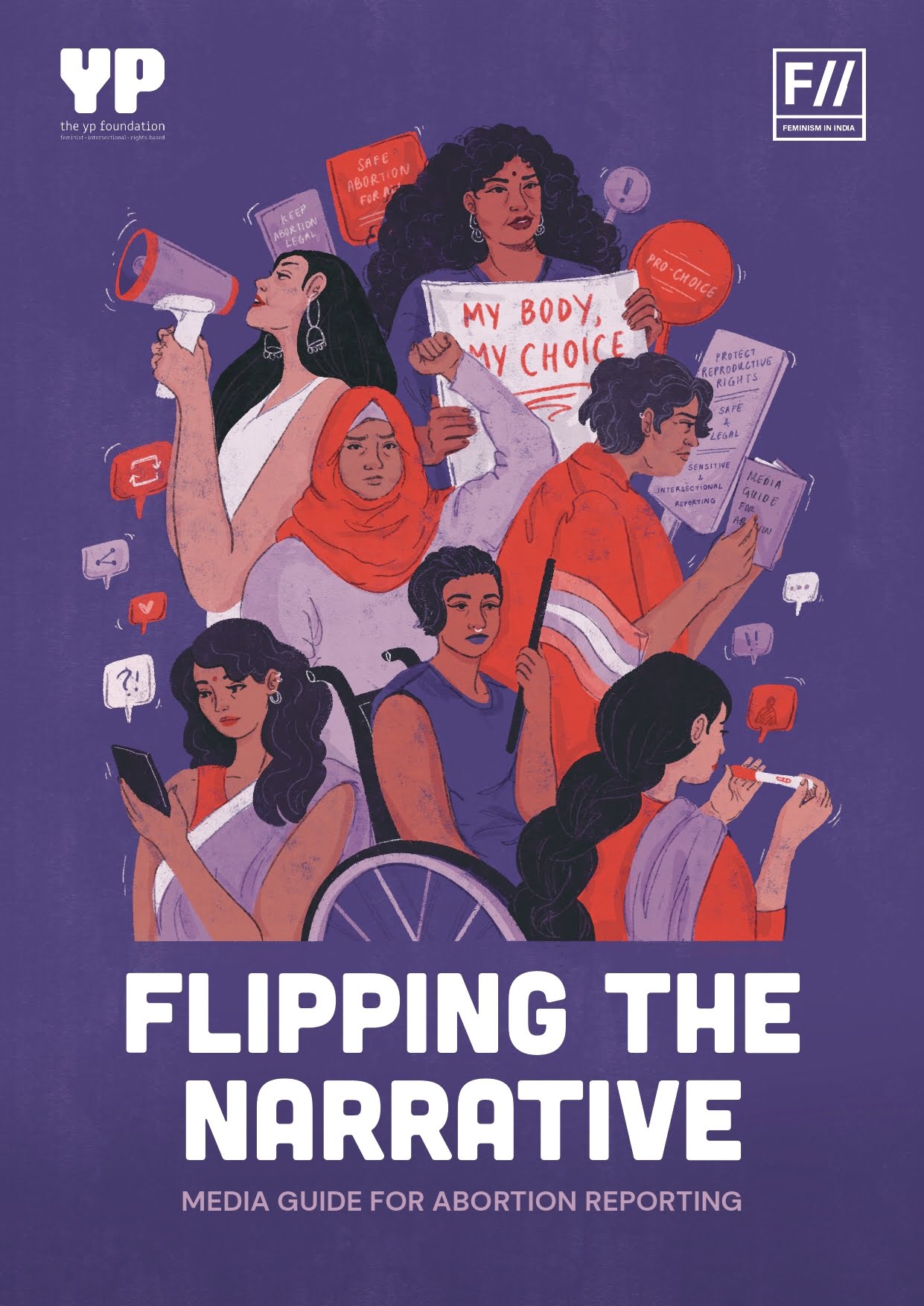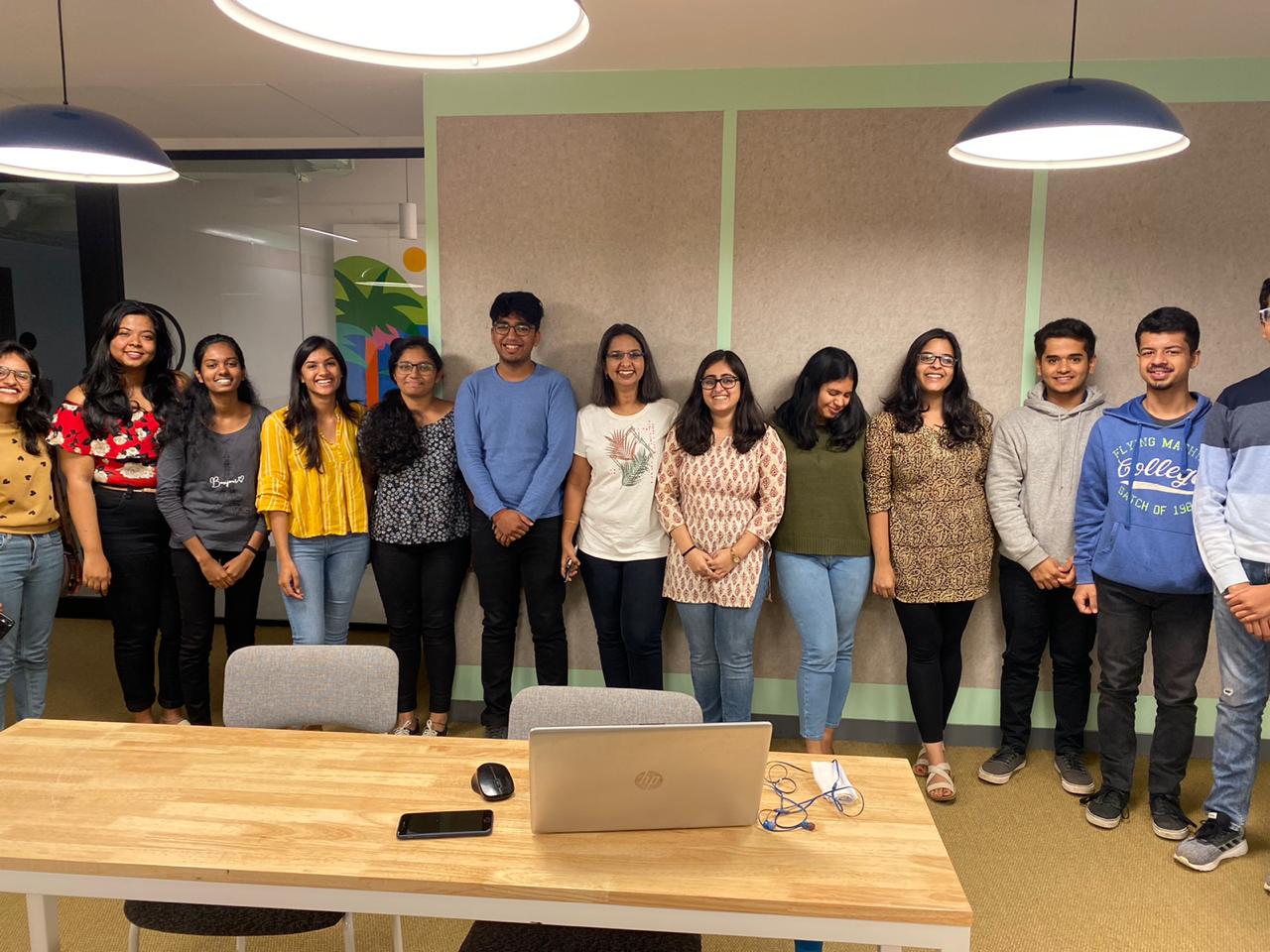We are all aware of the large reach and popularity of Wikipedia. However, what most people don’t know is that, according to a study conducted in 2011, only 9% of the editors at Wikipedia were women. And the percentage for India is even lower, just 3%.
Wikipedia recognises the systemic gender bias that is created because of factors such as these and thus enables its diverse range of users to edit and create Wikipedia pages, with reliable and authentic sources.
Feminism in India conducts monthly Wikipedia edit-a-thons with different organisations exploring various facets of gender in India, thus increasing content on women and marginalized communities on Wikipedia as well as training women to create and edit Wikipedia pages and hence increasing the number of women editors.
On 6th April 2019, FII, The Heritage Lab (THL) and the Danish Cultural Institute India co-organised a Wikipedia editathon on women in art as part of the global Art+Feminism campaign 2019.
The editathon was organised to improve the information on women artists from India and Denmark as well as to teach a new skill of creating and editing articles on Wikipedia to young people, especially women.
We started the event with a round of introductions and a short talk by FII Founder on why we edit on Wikipedia and a discussion on the whys and hows of Wikipedia editing for new-comers. Next, Medhavi from THL gave a talk on highlighting the stories of women artists and the Art+Feminism global campaign.
Accordingly, we created a list of women artists’ pages and looked at their representation on Wikipedia. We mostly expanded stub articles and created a few.
We were also joined by a group of undergraduate students from Denmark who are studying South Asian Studies in Norway and came to our editathon to write about Danish women artists.
Joining in our .@artandfeminism Editathon today are students of #southasianstudies at the Copenhagen Univ, Denmark! pic.twitter.com/yCJ7phf60R
— HeritageLab ?? (@MedhaviGandhi) April 6, 2019
We were a group of 18 editors in total. After that, each participant chose one or more woman artist, and started digging through the internet looking for interviews, news reports and e-books that mentioned their chosen artist to write comprehensive Wikipedia articles on them.
By the end of the day, the participants had edited 25 and created 3 articles in English, Danish and Bengali by 18 editors and added 12.1K words. See additional statistics here.
About the author(s)
Feminism In India is an award-winning digital intersectional feminist media organisation to learn, educate and develop a feminist sensibility and unravel the F-word among the youth in India.




